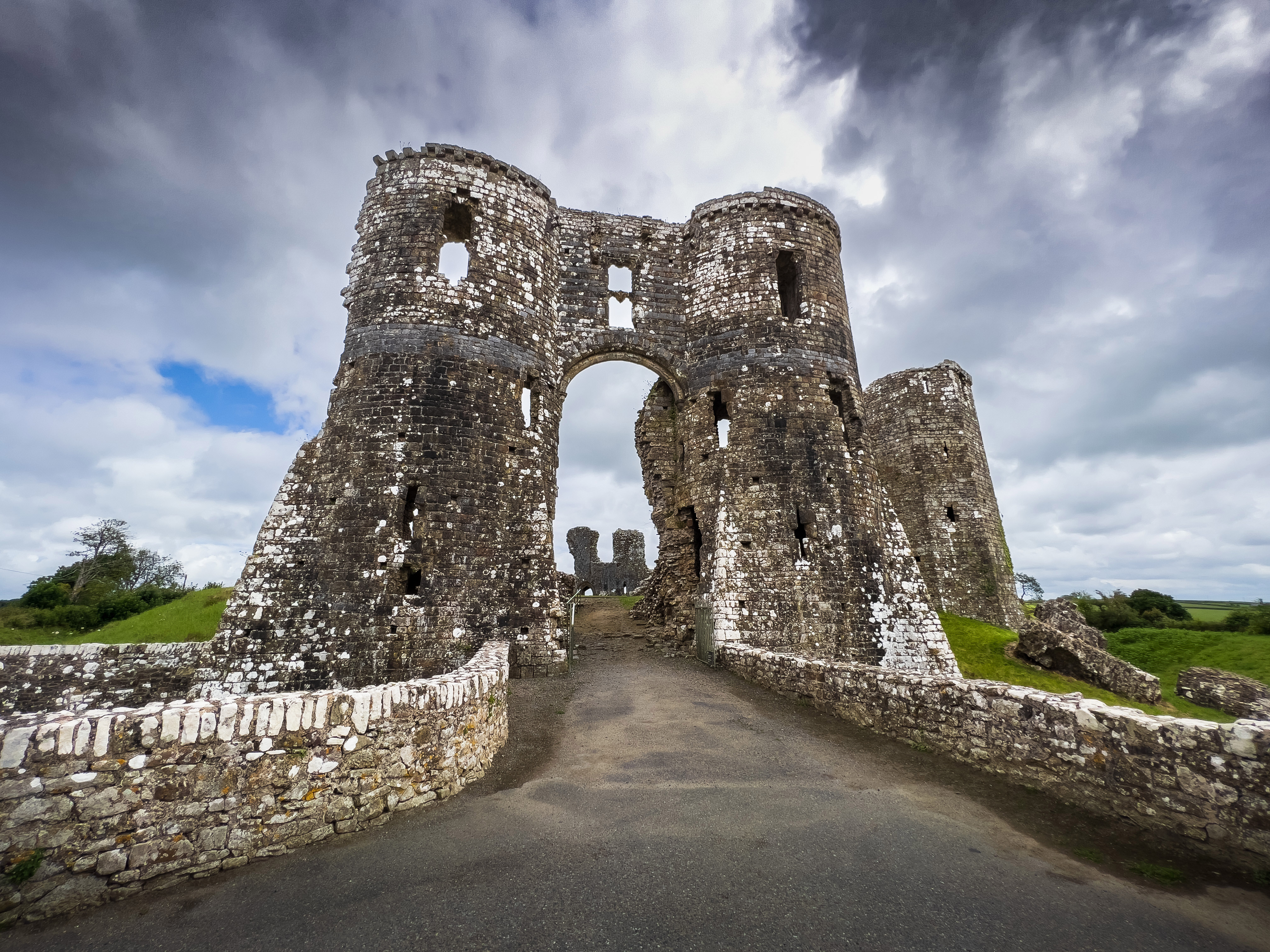Best accessories for the Fujifilm X100VI in 2025
The best accessories for the Fujifilm X100VI don’t just make it look good, they make it more practical and better handling too
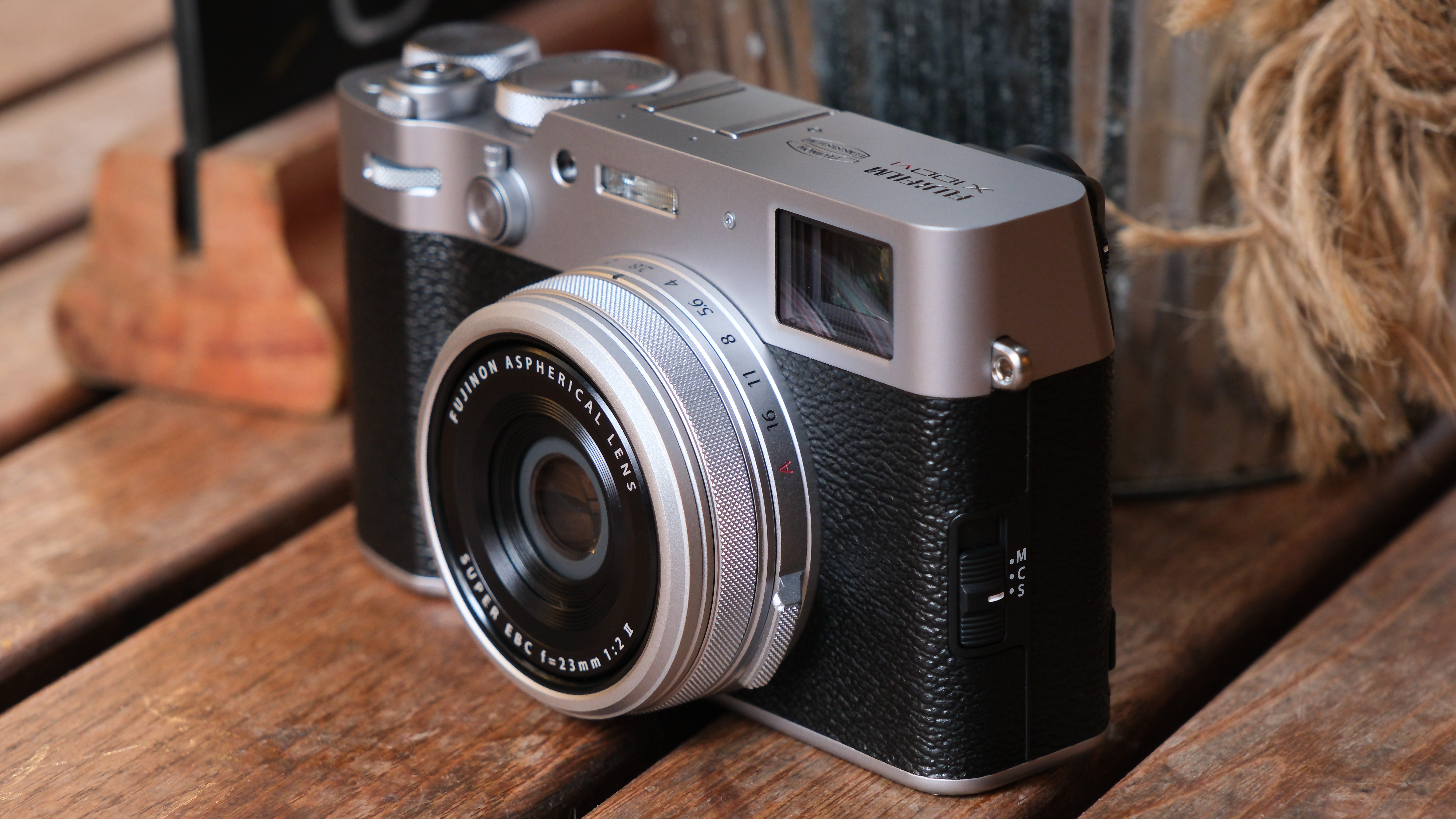
The Fujifilm X100VI has become something of a style icon, thanks to its classic design, retro exposure controls and uncompromising simplicity. You can stop stressing about lenses and learn to zoom with your feet, while enjoying an old-school shooting experience that other modern cameras have lost.
This is one of the best retro cameras you can buy, and one of the best compact cameras yet made. Its state of the art 40MP sensor and compact 35mm equivalent f/2 lens are a dream combination for street photography and one of the best cameras for travel. It’s also the perfect camera for style-conscious snappers to be seen with.
But that doesn’t mean it’s perfect straight out of the box. We’ve picked out a selection of accessories which will make it look better, handle better and perhaps even work better. None of them are particularly expensive, none of them are even remotely complicated to fit and use, but they can all make a surprising difference to your Fujifilm X100VI and its usefulness.
Best accessories for the Fujifilm X100VI
Why you can trust Digital Camera World
Best thumb grip
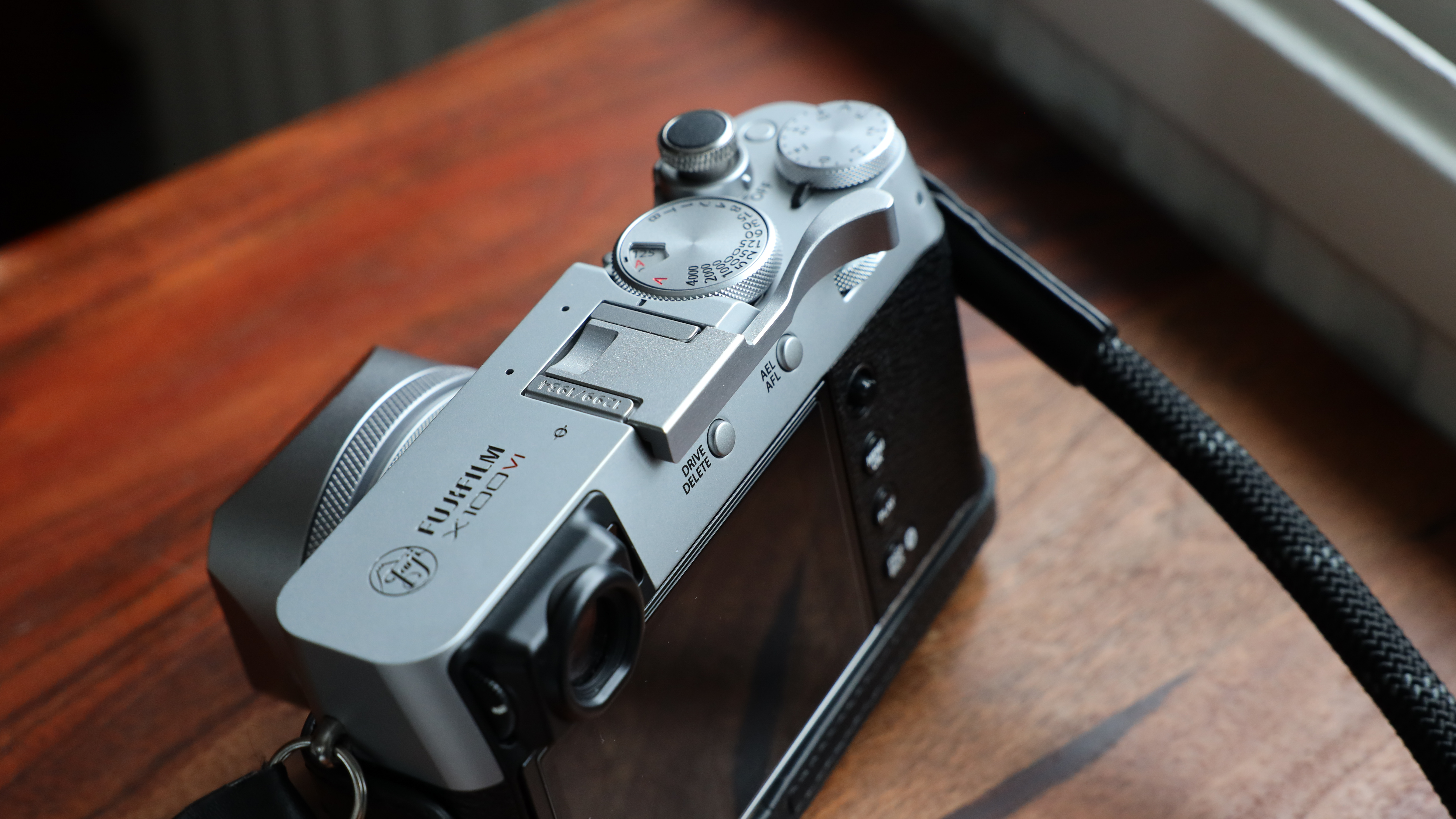
1. Haoge THB-X2S Metal Hot Shoe Thumb Rest
Our expert review:
Specifications
Reasons to buy
Reasons to avoid
The Fujifilm X100VI already handles quite well, thanks to the small but useful grip located on the right-hand side of the camera body. Its ergonomic design provides a solid feel, ensuring comfortable use even during extended periods of photography. Nevertheless, something as straightforward and unassuming as this little clip-on thumb grip can significantly enhance the handling experience, making the camera feel substantially more secure and stable in your hand, whether you’re shooting horizontally or vertically.
In terms of practicality, this tiny accessory is remarkably lightweight – virtually weightless – and effortlessly slides right into the X100VI’s accessory shoe without any complicated installation steps. Once attached, you're immediately ready to shoot. Beyond merely providing a convenient and comfortable resting place for your thumb, it also adds a touch of nostalgic charm. This thumb grip is cleverly designed to resemble an old-fashioned film advance lever, which means, from a distance and in the right lighting conditions, observers might genuinely believe you’re shooting with a vintage film camera rather than a modern digital model.
However, one potential drawback to consider is that the thumb grip occupies the camera’s accessory shoe. This means that if you intend to attach additional accessories, such as an external LED light or a microphone, simultaneously, you'll quickly realize the limitations – there’s simply no room to accommodate both. It’s a minor inconvenience, yet one worth noting for those who regularly depend on multiple accessories during shoots.
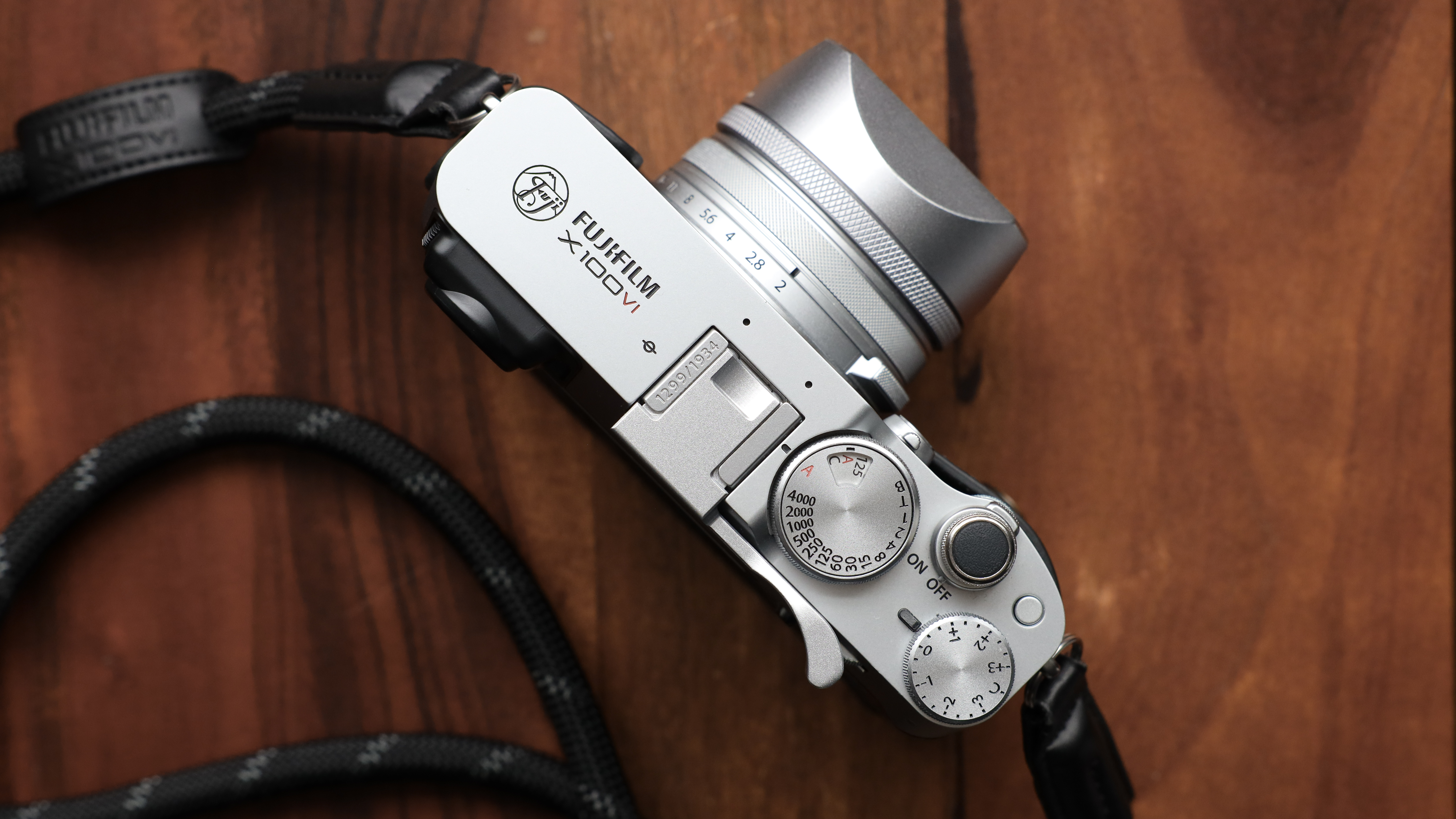
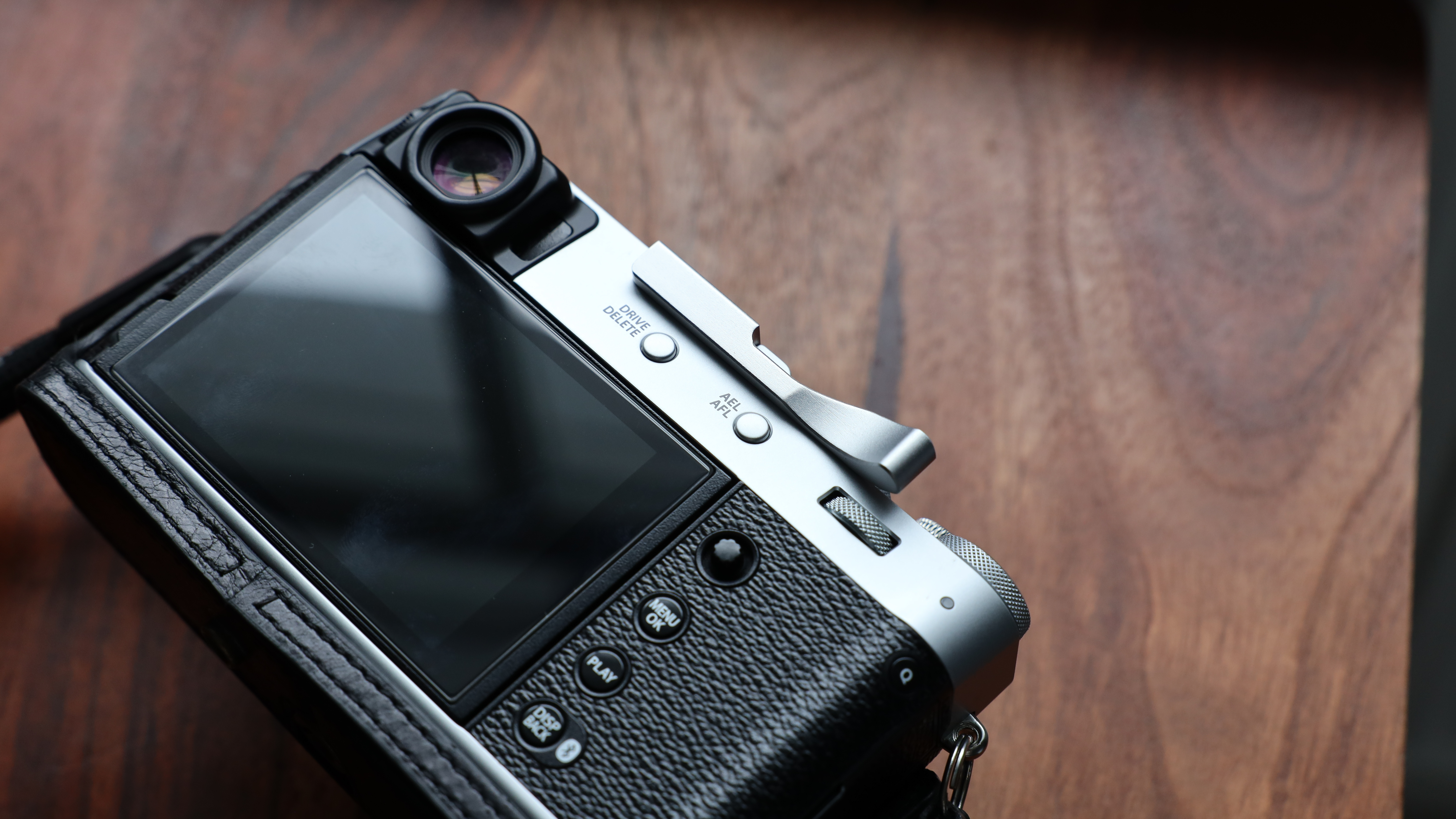

Best L-Shape grip
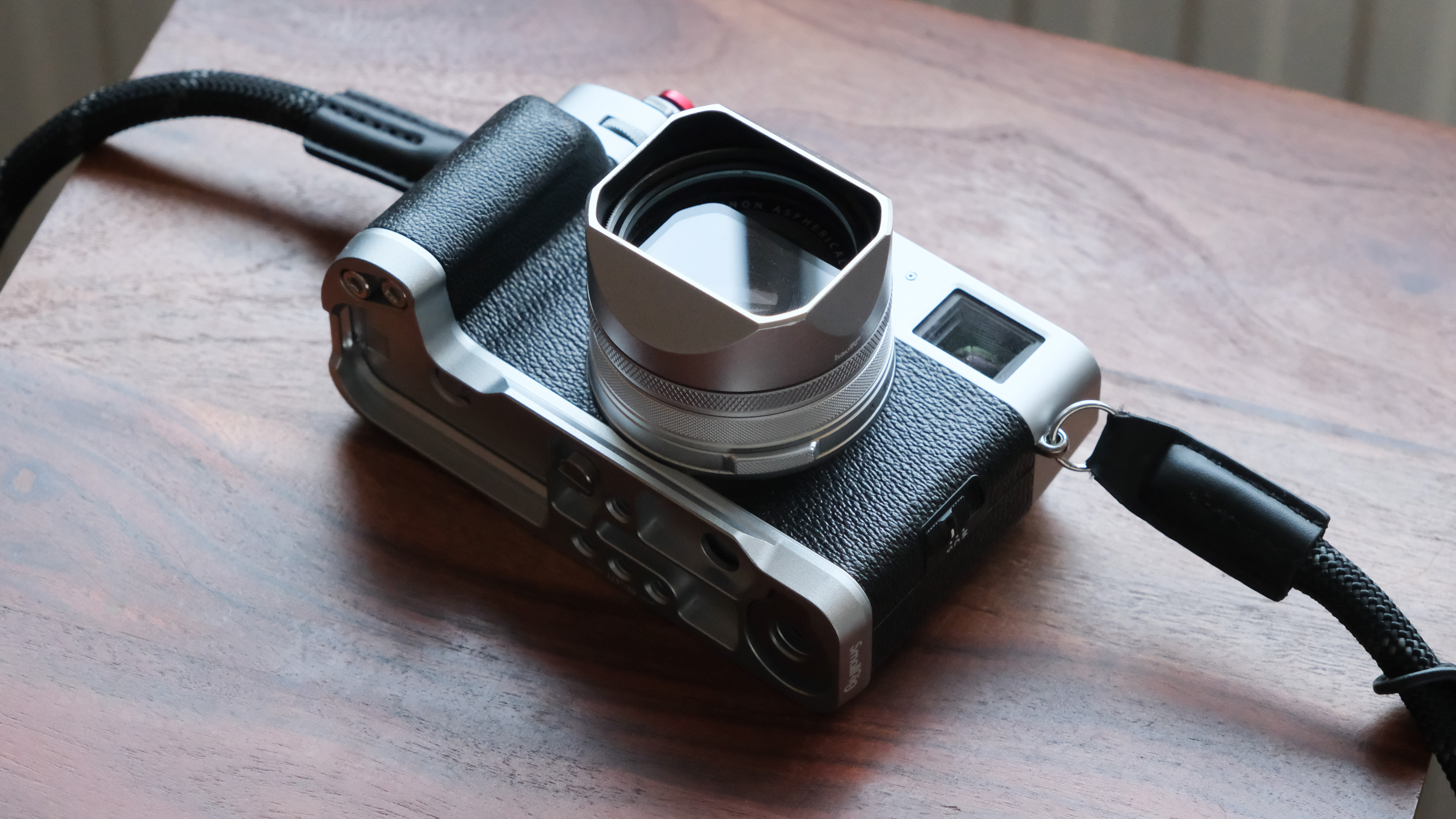
2. SmallRig L-Shape Grip
Our expert review:
Specifications
Reasons to buy
Reasons to avoid
The Fujifilm X100VI is intentionally designed to be slim, sleek, and elegantly compact, which contributes significantly to its visual appeal and portability. However, this design choice comes with some ergonomic compromises. While there is indeed a small grip located on the front, it’s relatively shallow and minimalistic. Similar to most contemporary compact cameras, the grip lacks sufficient depth and height, making it challenging to comfortably wrap all your fingers around the camera body, particularly if you have larger hands or plan on extended shooting sessions.
Thankfully, the SmallRig L-shaped Hand Grip addresses these ergonomic concerns effectively and efficiently. By extending the camera's grip outward, it substantially increases depth, providing your fingers with more space to firmly grasp the camera body. Additionally, it adds extra vertical height to the grip area, ensuring your entire hand, rather than just two or three fingers, can comfortably rest in place. It’s quite remarkable how just a few millimeters of additional depth and height can dramatically enhance overall comfort and stability during use – this small modification truly results in a significantly firmer, more secure hold.
SmallRig has also incorporated additional functional features into the grip’s design. The base of the grip is fully compatible with Arca Swiss tripod heads, meaning you can quickly and conveniently attach it directly to an Arca Swiss mounting system without the need for a separate mounting plate. This not only saves time but also keeps your camera setup streamlined and lightweight. To enhance usability even further, the grip also includes a thoughtfully designed, effective soft-touch shutter release button that seamlessly integrates with the X100VI’s shutter mechanism, providing a more responsive, tactile, and pleasant shooting experience overall.
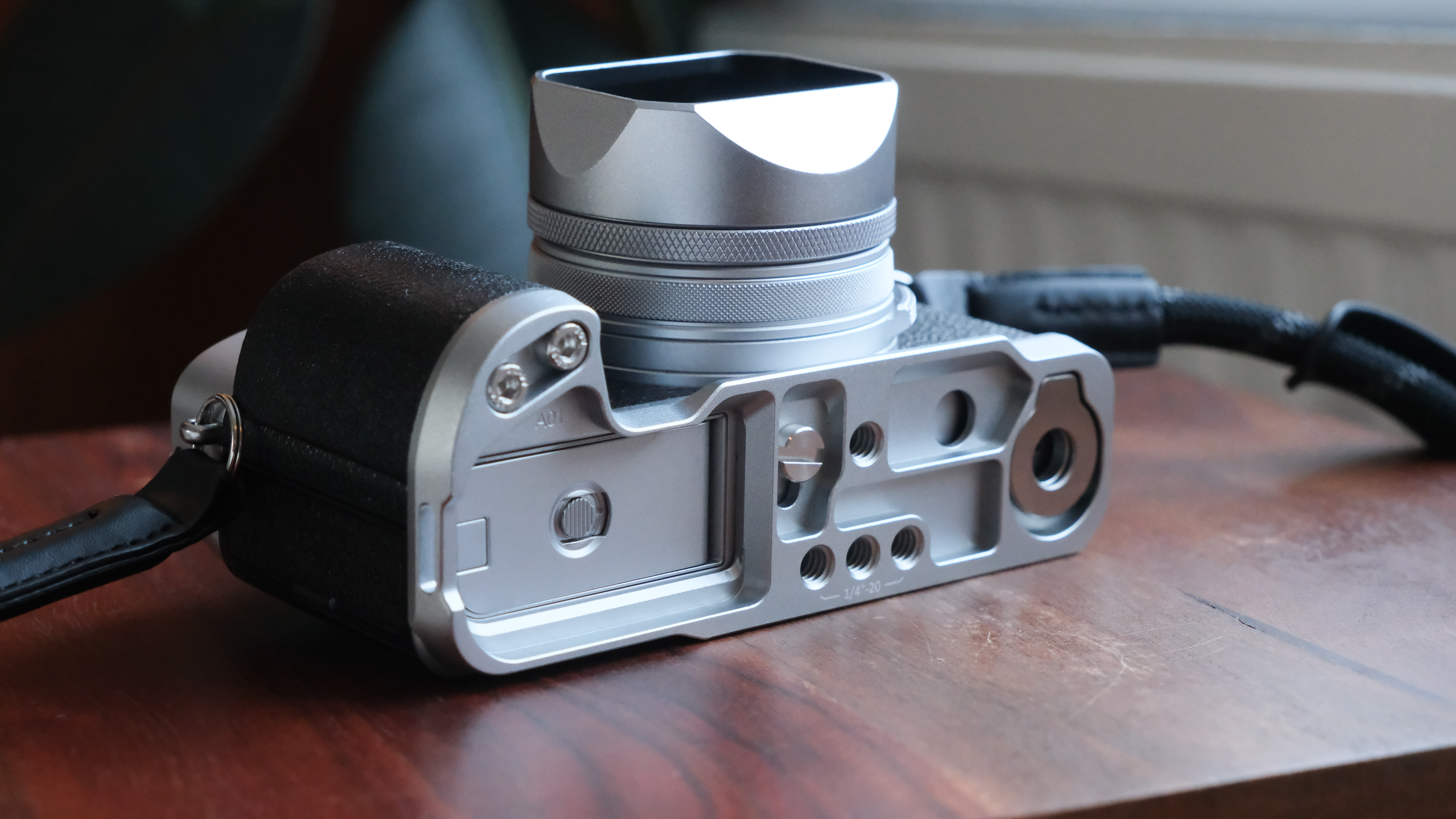
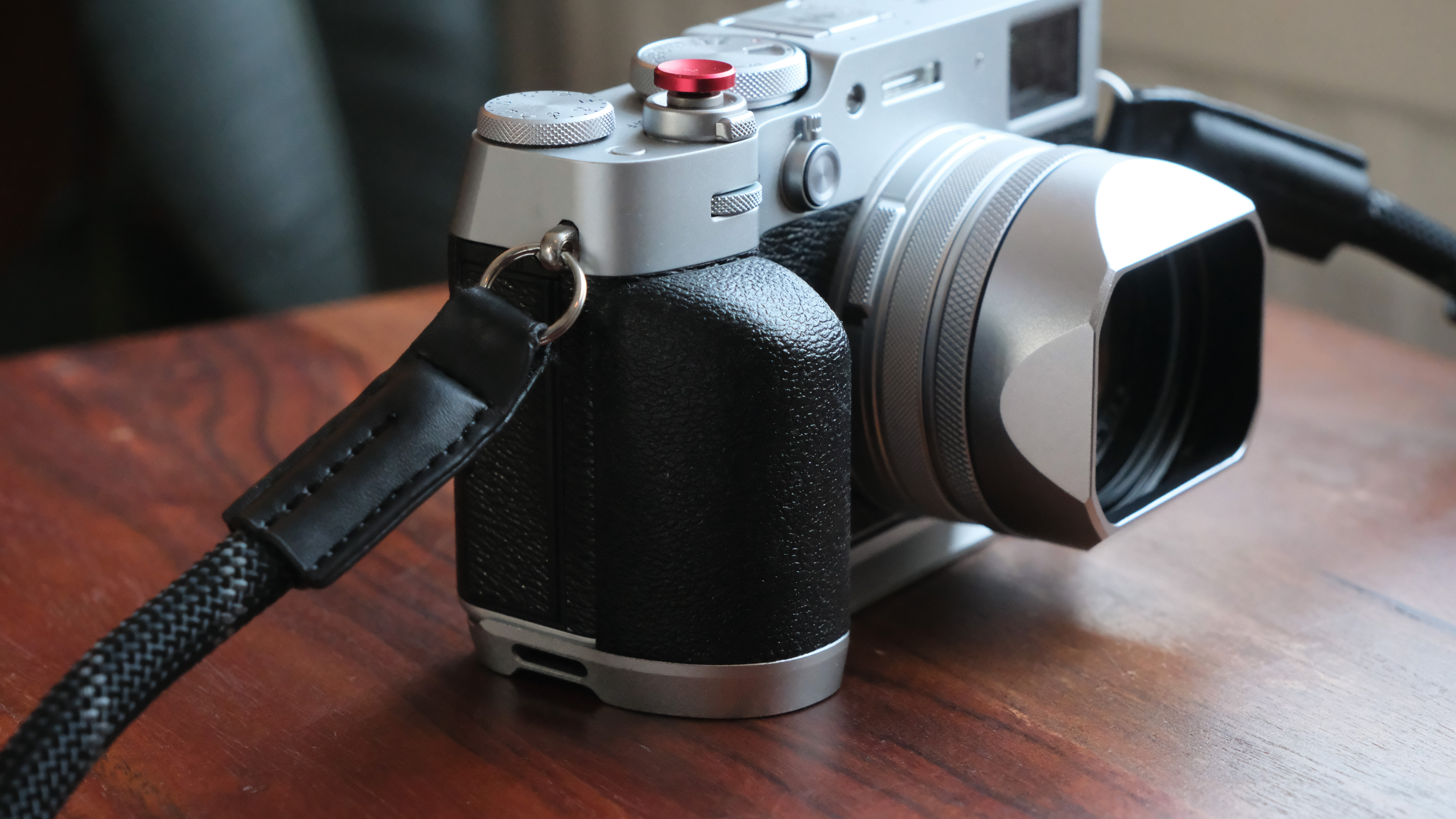
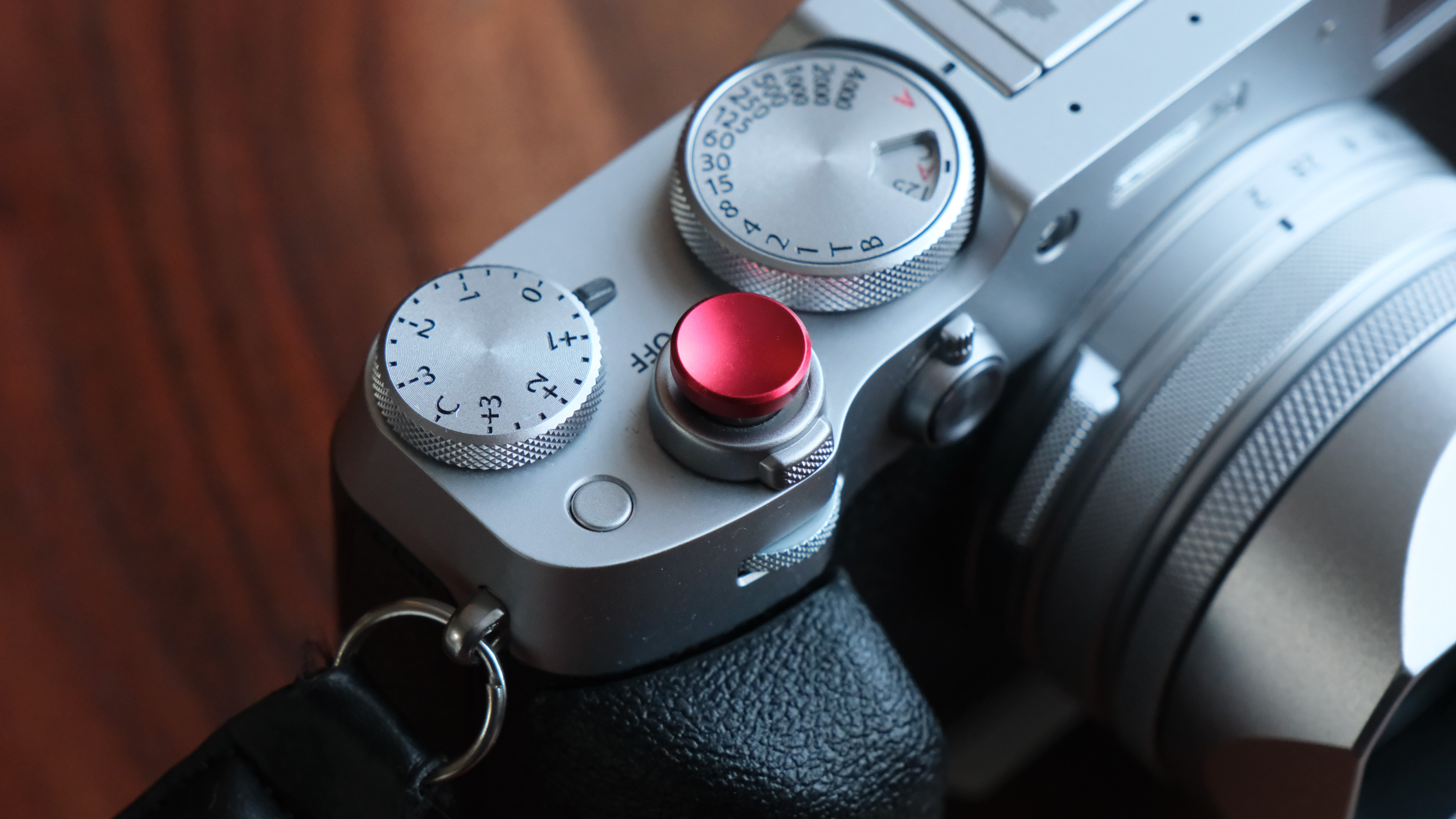

Best filter adapter
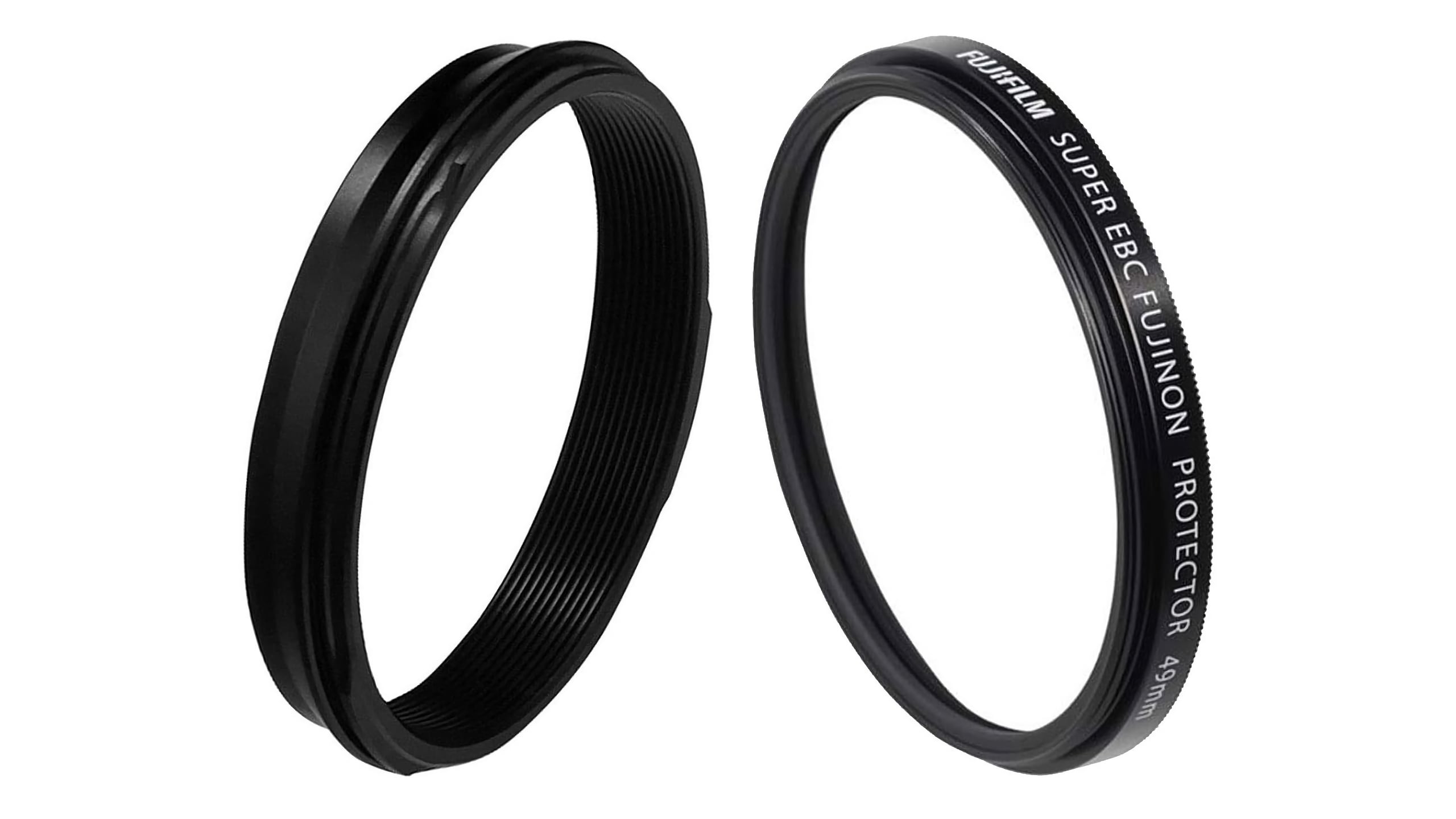
3. Fujifilm Weather-Resistant Kit
Specifications
Reasons to buy
Reasons to avoid
To be fair, it’s important to point out that this isn’t actually a full-fledged weatherproofing kit designed to protect the entire camera body from the elements. Instead, this solution primarily provides a moderate degree of weather protection specifically for the front element of your lens. While it won’t make your Fujifilm X100VI completely weather-sealed or fully resistant to harsh conditions, it does effectively reduce your lens's vulnerability, which is often the most sensitive area.
This protective setup is thoughtfully provided in two distinct components: an ARX-100 Adapter Ring and a PRF-49S Protective Filter. The adapter ring is essential because, on its own, the X100VI lacks the built-in capability to mount filters directly to its lens. By attaching the ARX-100 Adapter Ring, you create a convenient and reliable standard 49mm filter thread, enabling you to securely screw in the PRF-49S Protective Filter, or indeed any other compatible filter of your choice.
Once both parts are mounted, the combination effectively shields your lens against common hazards such as dust and moisture, while also guarding against accidental knocks, scratches, and minor impacts during everyday use. Although subtle, this added layer of protection significantly increases your peace of mind, especially in unpredictable or demanding shooting environments. For this reason, many photographers regularly opt for protective filters, recognizing their value in maintaining the overall lifespan of their lens.
Best lens hood
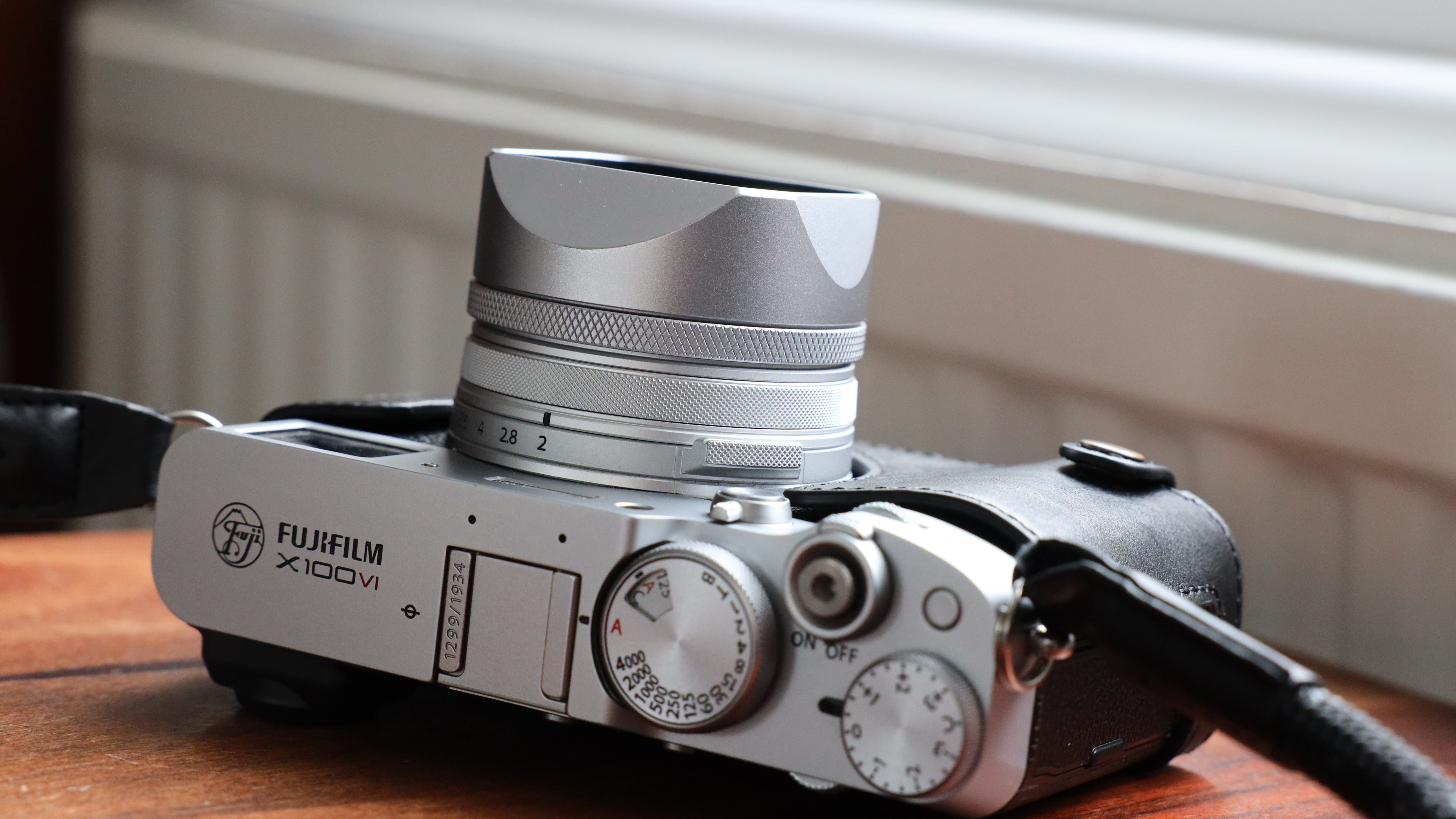
4. Haoge Square Metal Lens Hood
Our expert review:
Specifications
Reasons to buy
Reasons to avoid
Nothing quite says 'retro' more distinctly than a classic rectangular lens hood. Popularized by Leica in the heyday of film photography, rectangular lens hoods effortlessly evoke the unmistakable aesthetic of vintage cameras from photography’s golden era. But their charm isn’t merely aesthetic – these uniquely shaped lens hoods also serve a practical purpose. Because a camera's sensor captures a rectangular image, rectangular lens hoods efficiently block extraneous light from outside the frame, significantly reducing flare and preserving image contrast more effectively than conventional round hoods.
The Haoge rectangular lens hood embraces this vintage-inspired design but incorporates modern improvements. For instance, the hood’s interior features a black felt lining, effectively absorbing and eliminating internal reflections that might otherwise degrade image quality. Additionally, recognizing the unique design of the Fujifilm X100VI’s lens, Haoge includes the necessary adapter to securely attach the hood directly onto the camera.
One practical consideration, however, is that the camera’s original lens cap won’t fit once the Haoge hood is mounted. Fortunately, Haoge anticipated this and supplies a custom-designed push-on lens cap, specifically created to fit perfectly onto the hood itself. This custom cap isn’t merely functional – it also elegantly matches the finish of the lens hood, maintaining the refined, cohesive aesthetic. But, frankly speaking, the hood looks so visually appealing and stylishly authentic without the cap that you’ll likely find yourself using the included cap primarily for storage or transport rather than everyday photography!
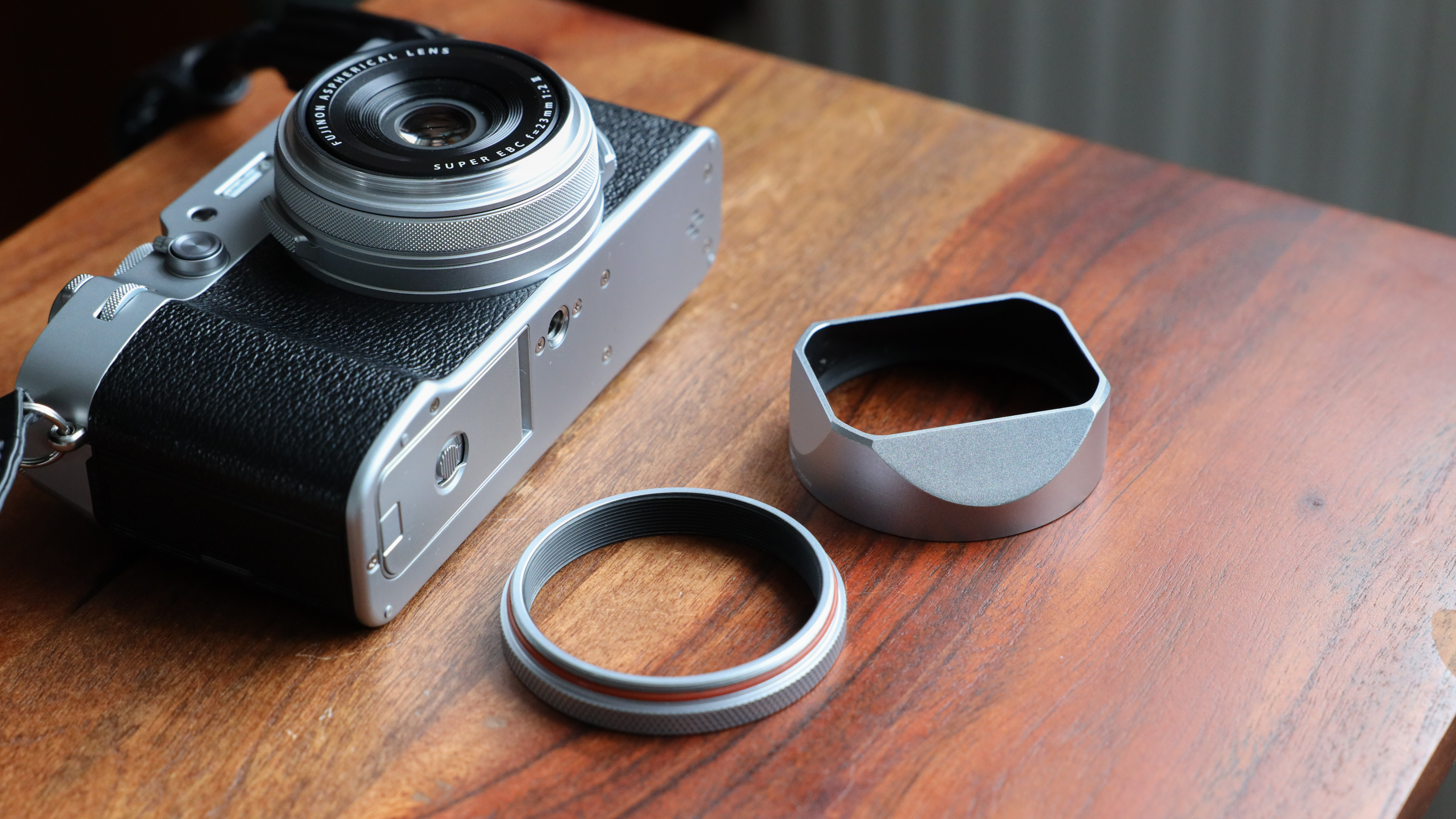
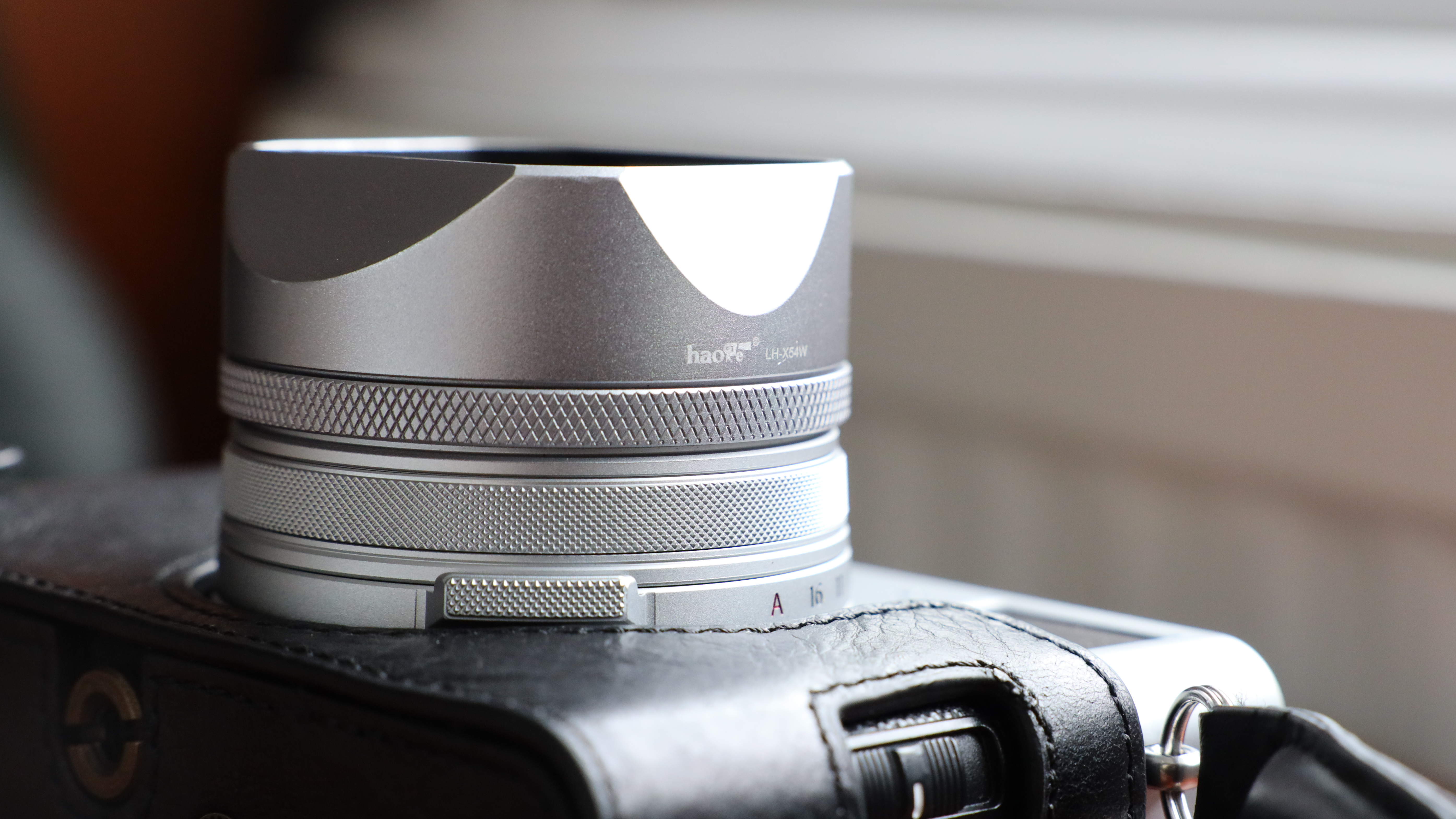

Best soft shutter release button
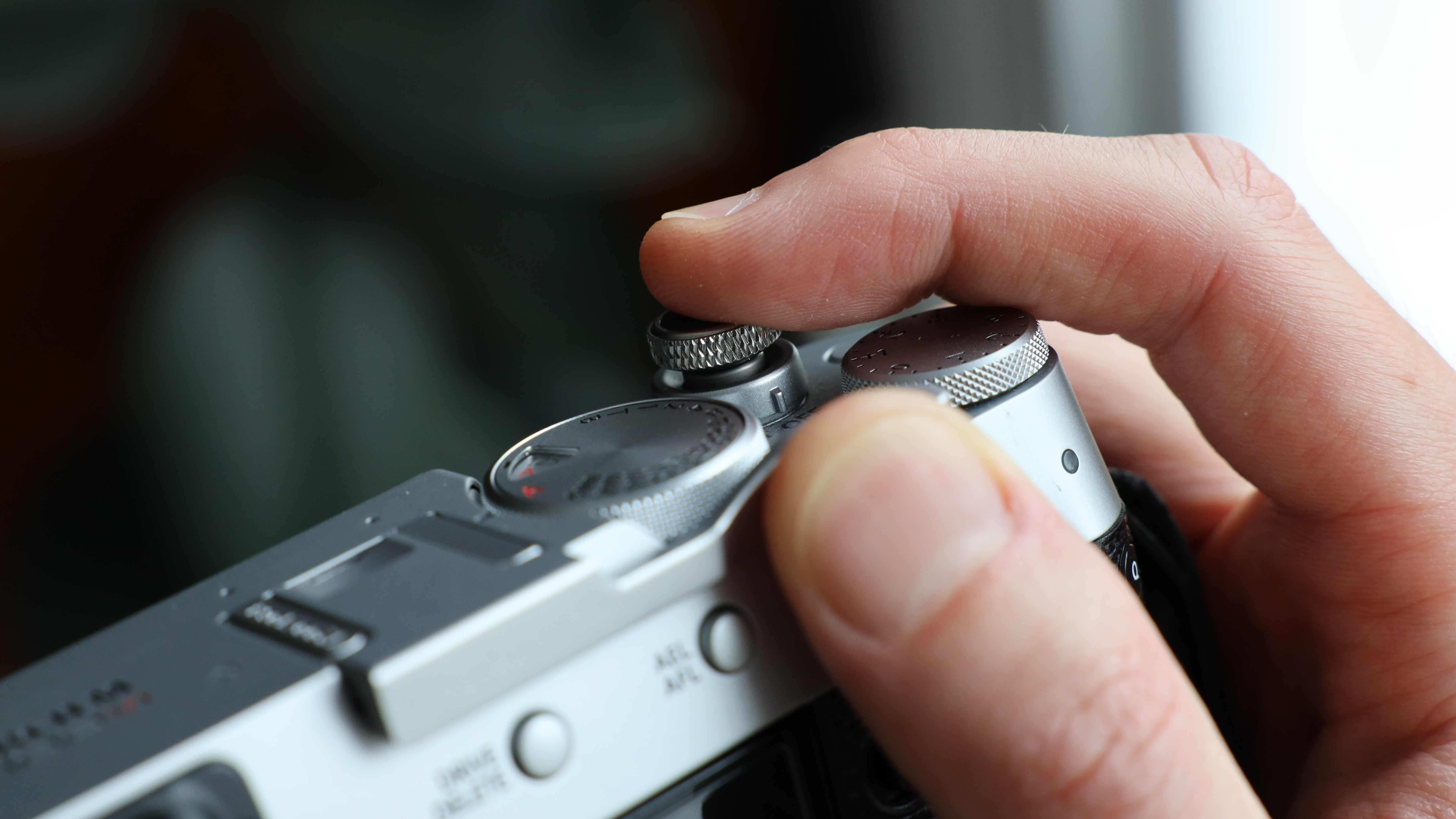
5. JJC Soft Release Button for Fujifilm X100VI
Our expert review:
Specifications
Reasons to buy
Reasons to avoid
Does anyone truly need a soft-touch shutter release button on their camera? Well, before making a judgment call, you really ought to give one a try – you might find yourself pleasantly surprised by the difference it makes. Admittedly, these accessories don't actually alter the mechanical weight or resistance of the shutter itself, nor do they directly impact the camera’s internal shutter mechanism. Instead, their primary benefit lies in ergonomics: by creating a larger, smoother surface area, they significantly enhance your index finger’s contact with the shutter, resulting in a notably more controlled and comfortable shooting experience.
This subtle yet impactful improvement is all thanks to Fujifilm’s decision to incorporate old-fashioned threaded shutter-release buttons on cameras like the X100VI. By retaining this traditional feature, Fujifilm has allowed for easy customization through simple screw-in accessories such as this soft-touch shutter button. The JJC shutter button features convenient rubber O-rings which help ensure a snug, secure attachment to your camera, preventing accidental loosening or loss during use.
Ultimately, while not strictly essential, a soft-touch shutter release button is one of those small accessories whose benefits become surprisingly apparent once you start using it. Photographers often find that, once attached, they wouldn't dream of removing it!
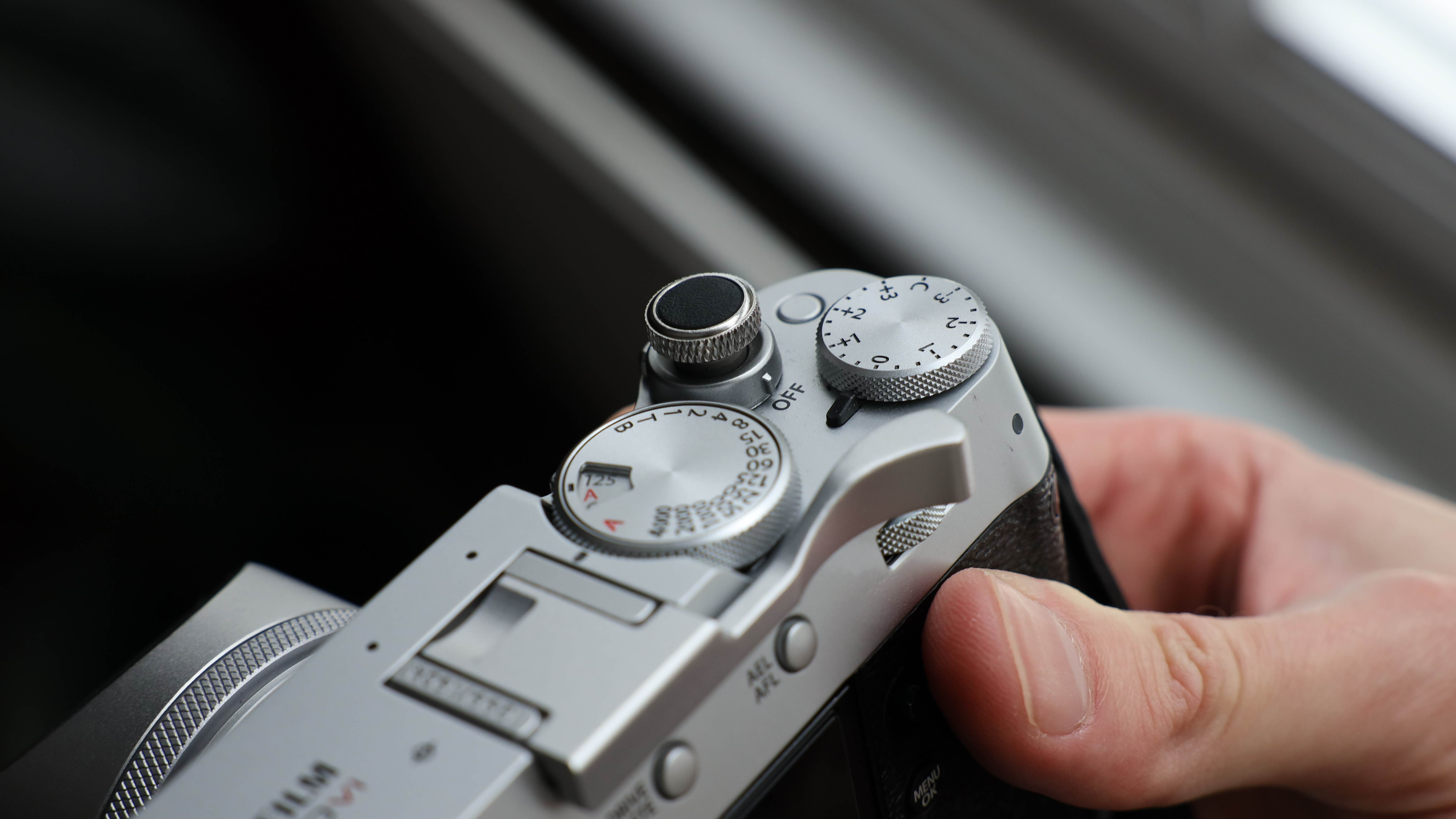

Best case
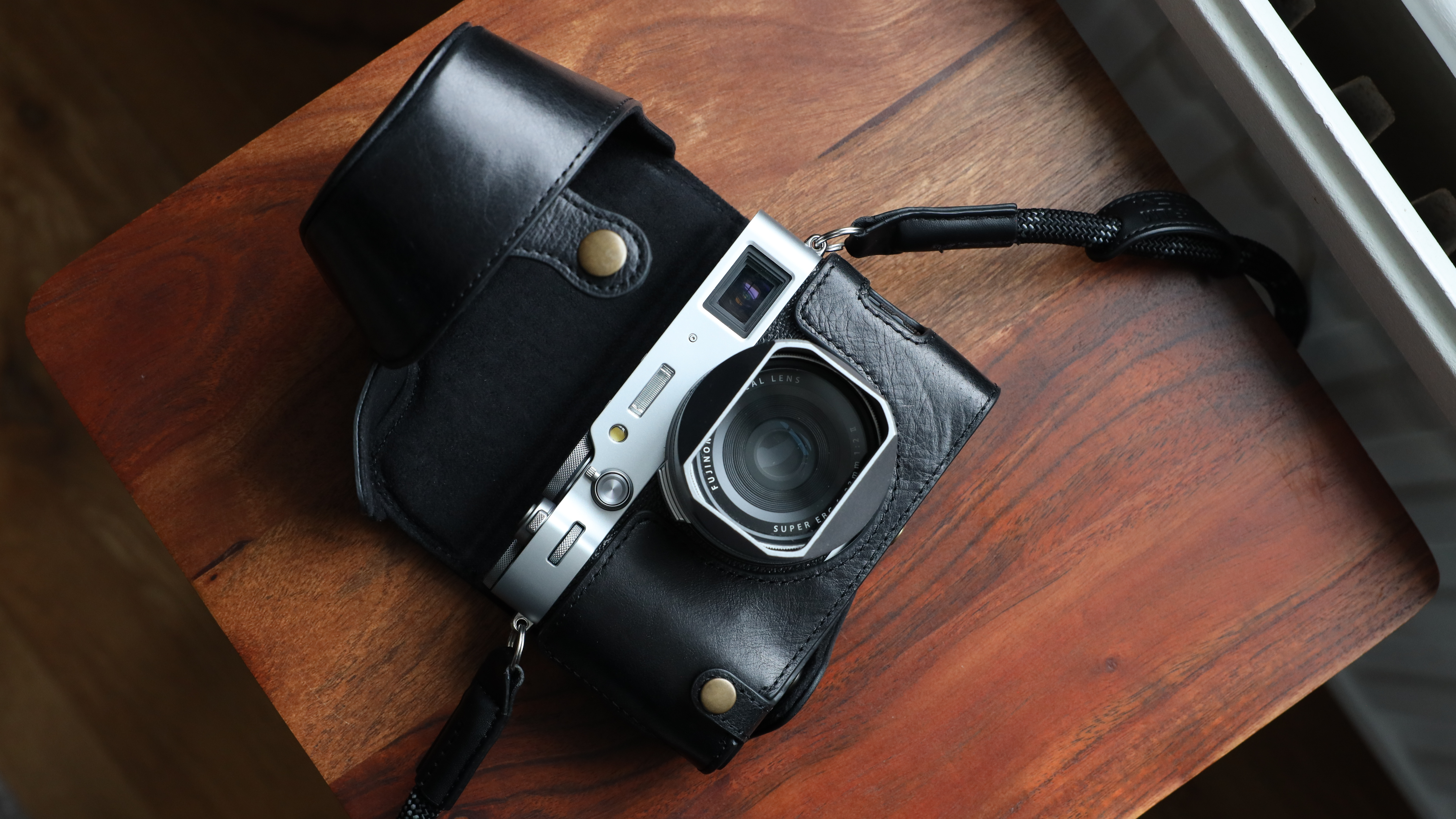
6. MegaGear Genuine Leather Camera Case
Our expert review:
Specifications
Reasons to buy
Reasons to avoid
Does anyone remember those classic 'ever-ready' cases that were once a staple for film cameras – often jokingly dubbed 'never-ready' due to their somewhat cumbersome design? Well, MegaGear has thoughtfully revived and improved upon this nostalgic accessory, offering stylish leather camera cases precisely tailored to specific camera models – and this particular one is crafted to fit the Fujifilm X100VI like a glove. Available in both classic black and a rich vintage brown, the MegaGear case perfectly complements the X100VI’s timeless aesthetic, highlighting its vintage-inspired charm while simultaneously offering practical protection.
Interestingly, this elegant leather case is cleverly designed in two separate sections. The top cover can easily be detached, quickly transforming the setup into a practical half-case. In this configuration, the bottom half remains securely wrapped around the camera, protecting it from everyday scuffs, scratches, or minor impacts, yet leaving essential controls, the screen, and lens fully accessible and ready for immediate use. It truly combines form and function, allowing you to quickly transition between stylish storage and spontaneous photography without hassle.
Another touch that photographers will genuinely appreciate is the inclusion of a hinged flap on the bottom panel, secured by a sturdy popper. This feature grants instant, hassle-free access to the X100VI’s battery compartment and memory card slot without needing to fully remove the case. As a result, you gain a significant boost in convenience and functionality, making this modern reinterpretation of the classic 'ever-ready' case both practical and attractive – perfect for photographers who want to protect their camera without compromising its usability or style.
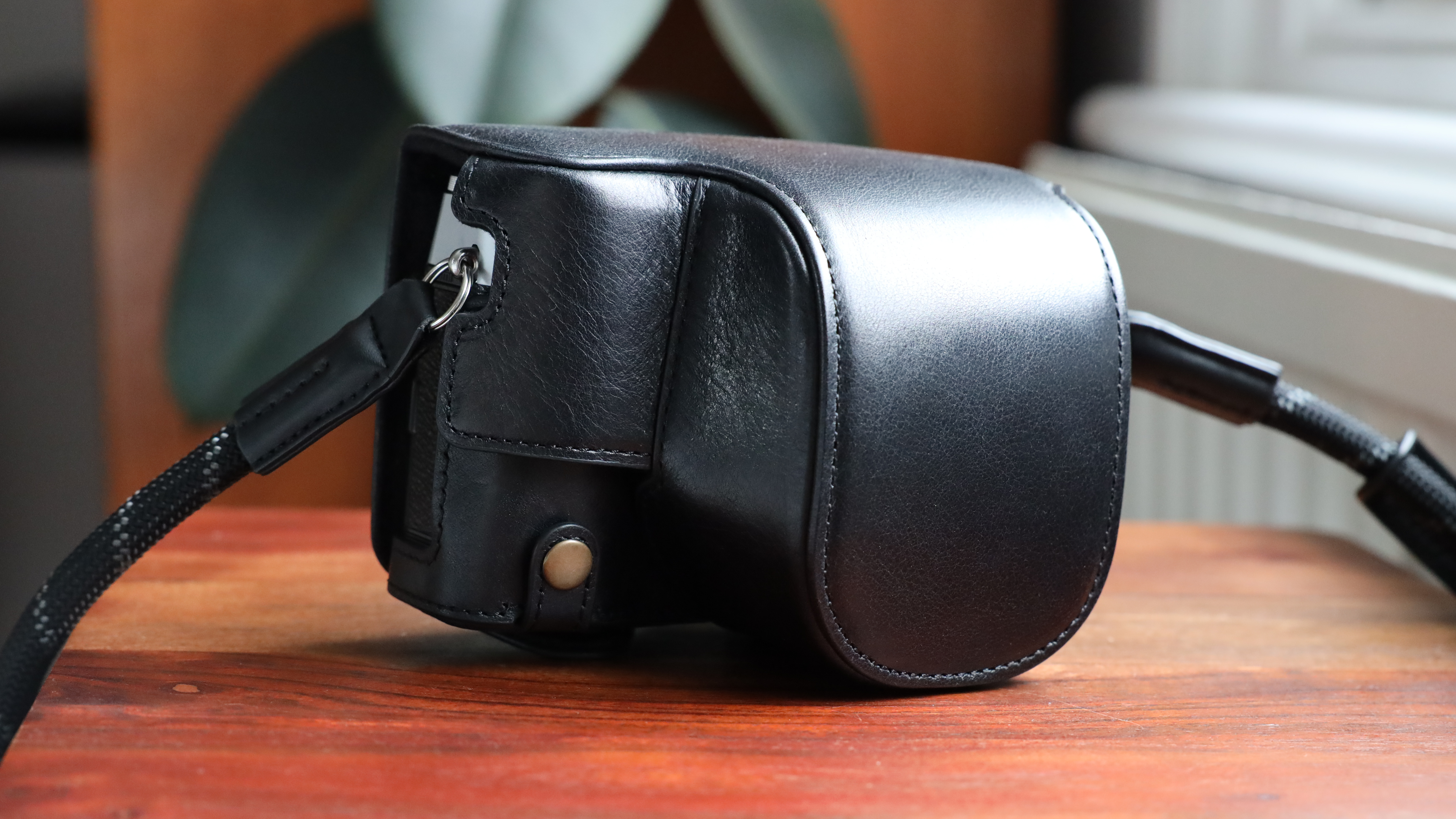
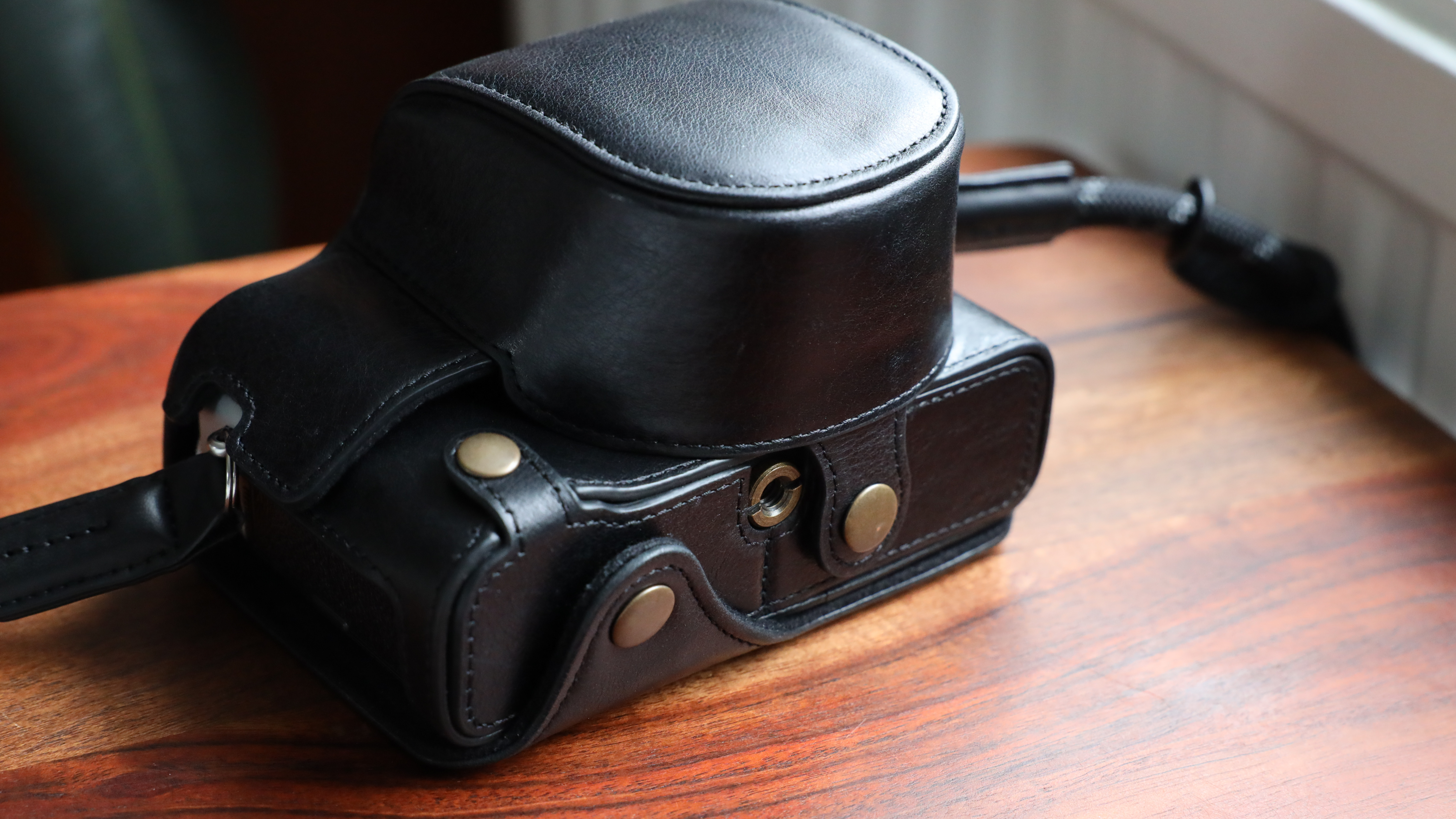
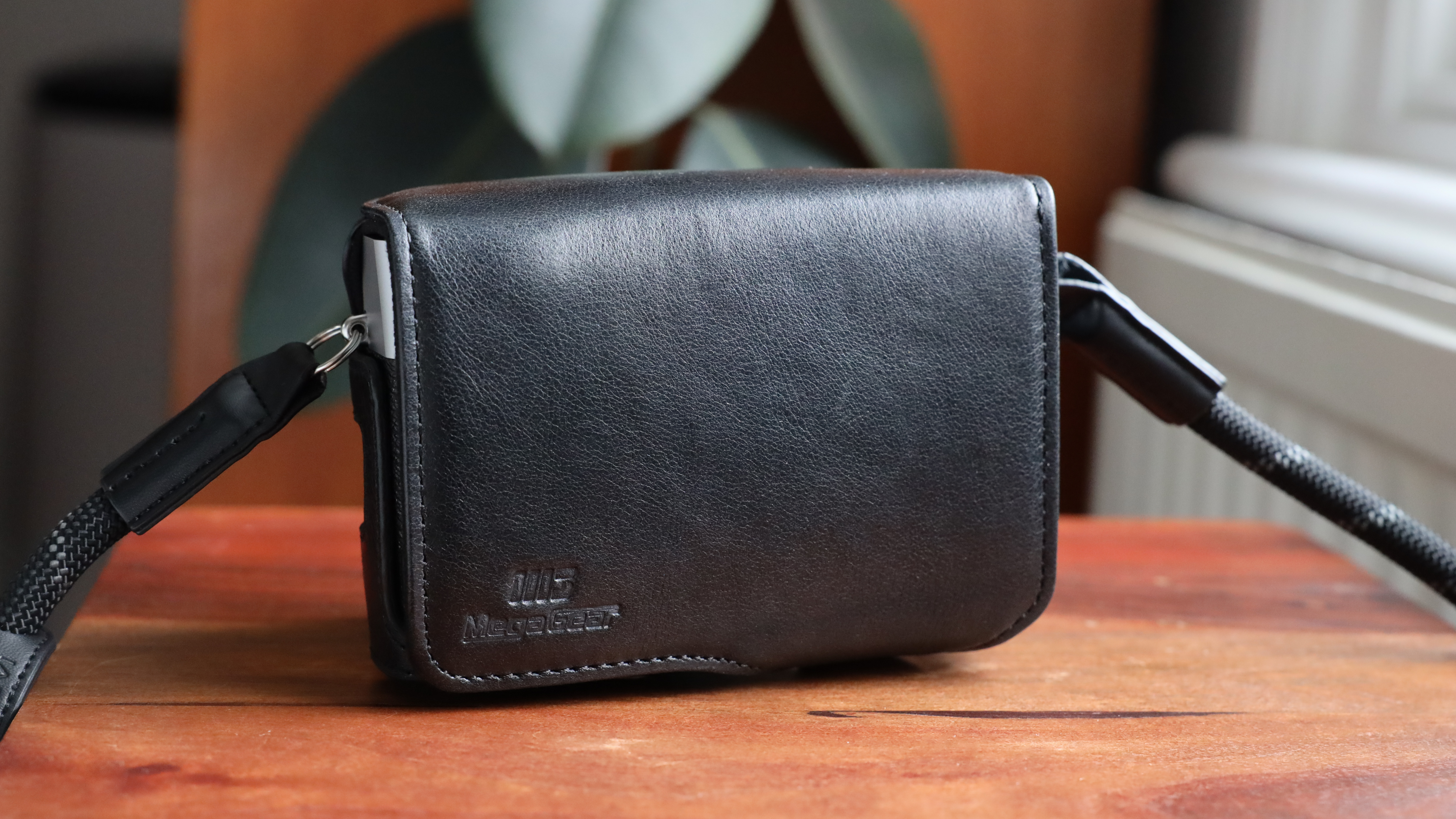

Deals...
Get the Digital Camera World Newsletter
The best camera deals, reviews, product advice, and unmissable photography news, direct to your inbox!

Rod is an independent photography journalist and editor, and a long-standing Digital Camera World contributor, having previously worked as DCW's Group Reviews editor. Before that he has been technique editor on N-Photo, Head of Testing for the photography division and Camera Channel editor on TechRadar, as well as contributing to many other publications. He has been writing about photography technique, photo editing and digital cameras since they first appeared, and before that began his career writing about film photography. He has used and reviewed practically every interchangeable lens camera launched in the past 20 years, from entry-level DSLRs to medium format cameras, together with lenses, tripods, gimbals, light meters, camera bags and more. Rod has his own camera gear blog at fotovolo.com but also writes about photo-editing applications and techniques at lifeafterphotoshop.com
- Gareth BevanReviews Editor
